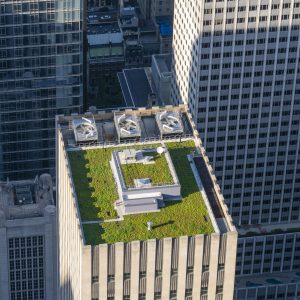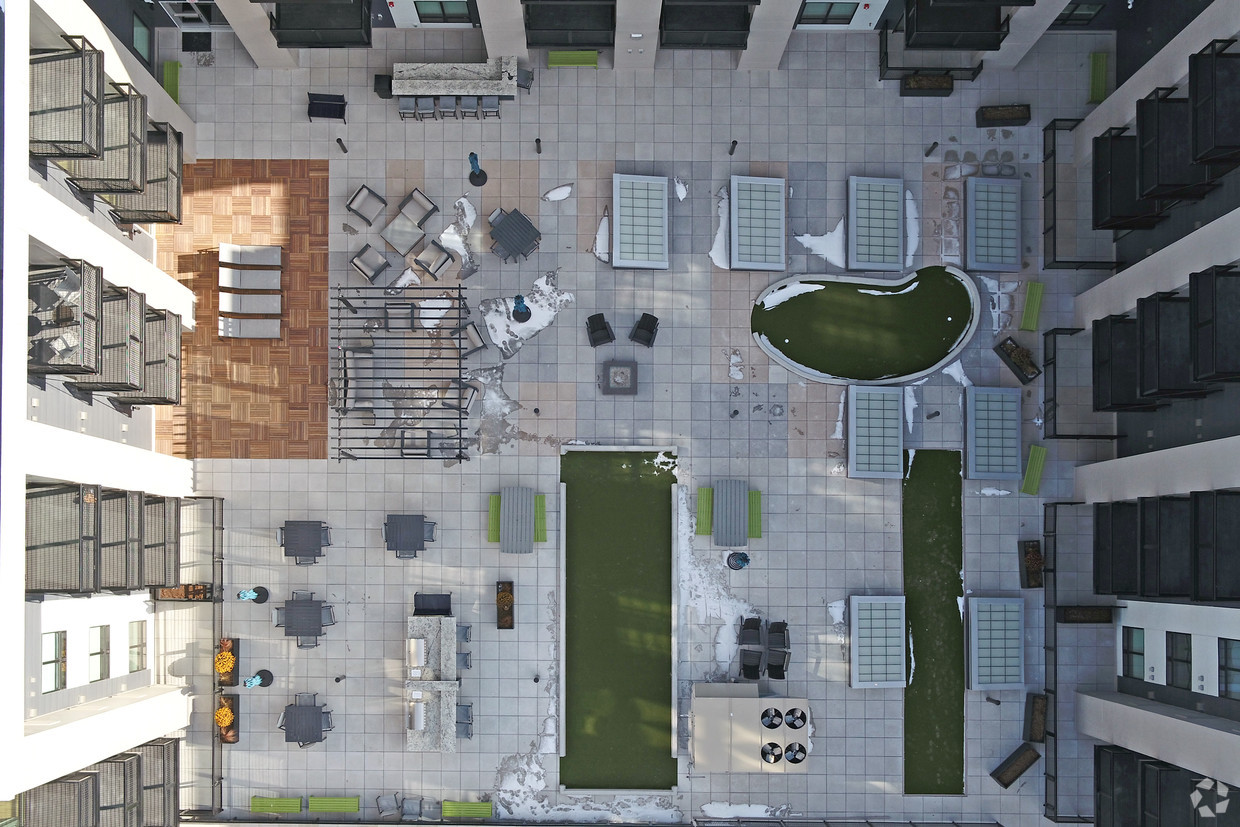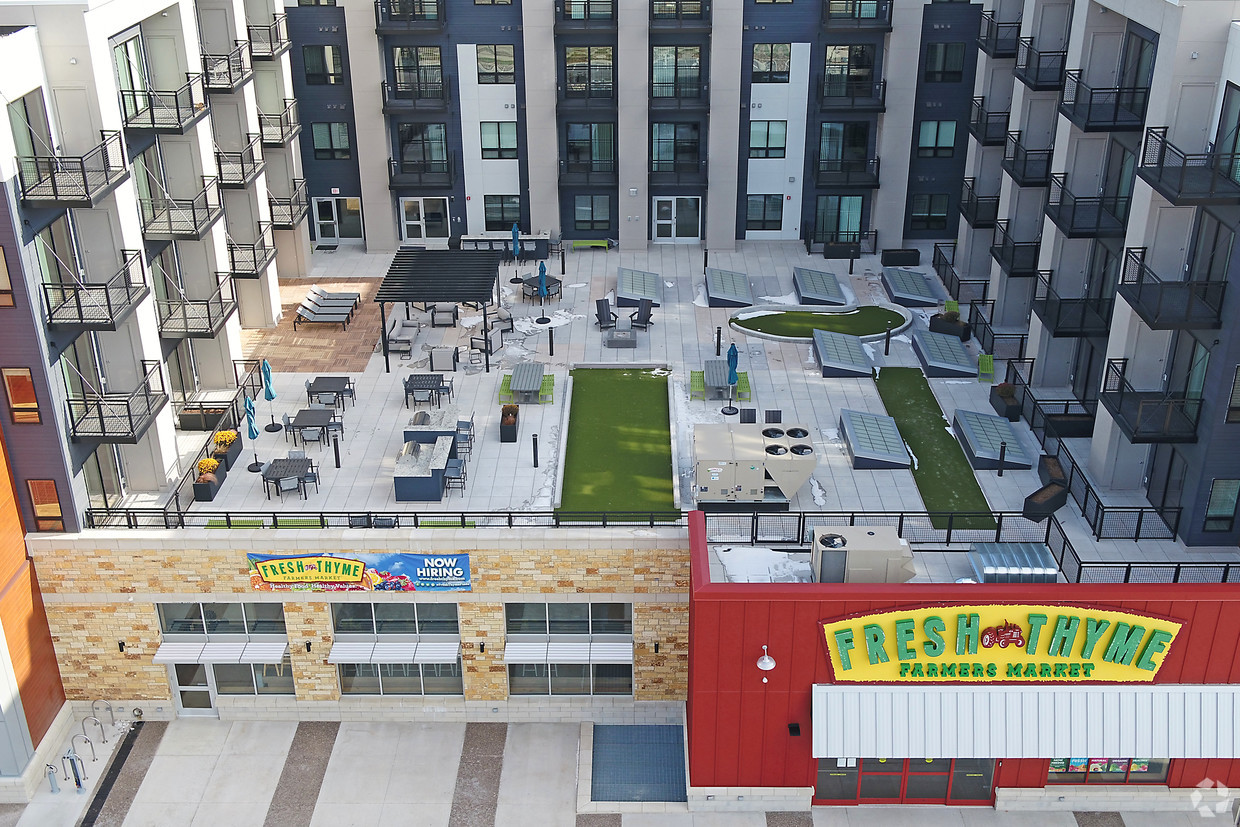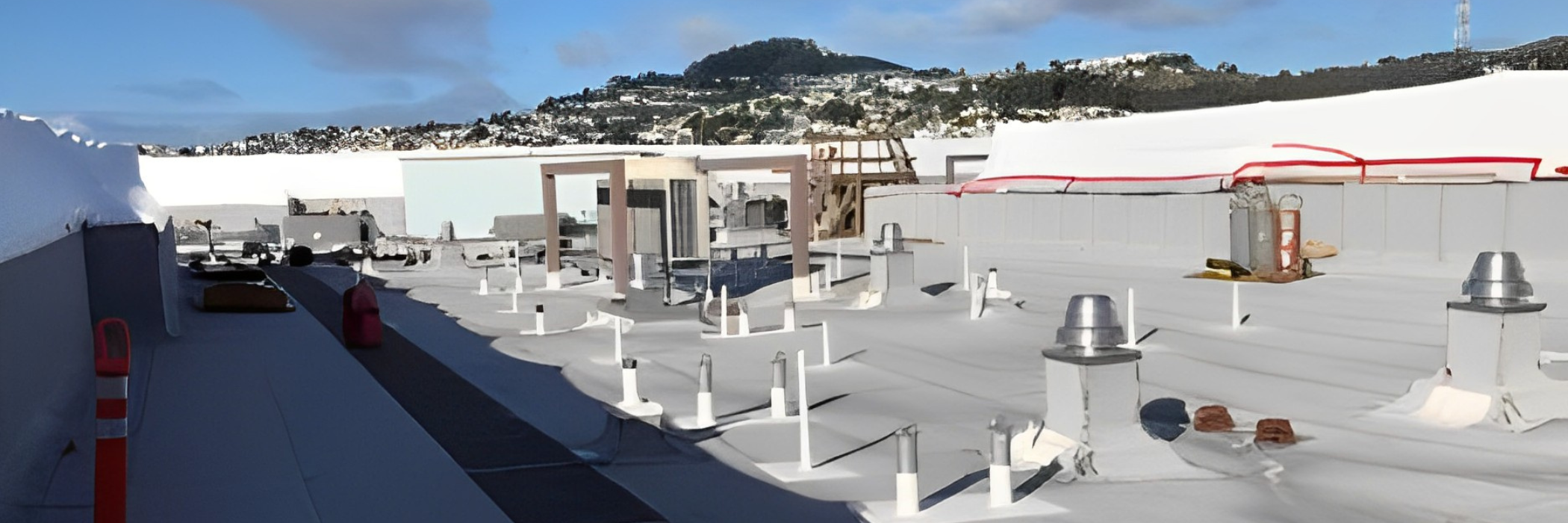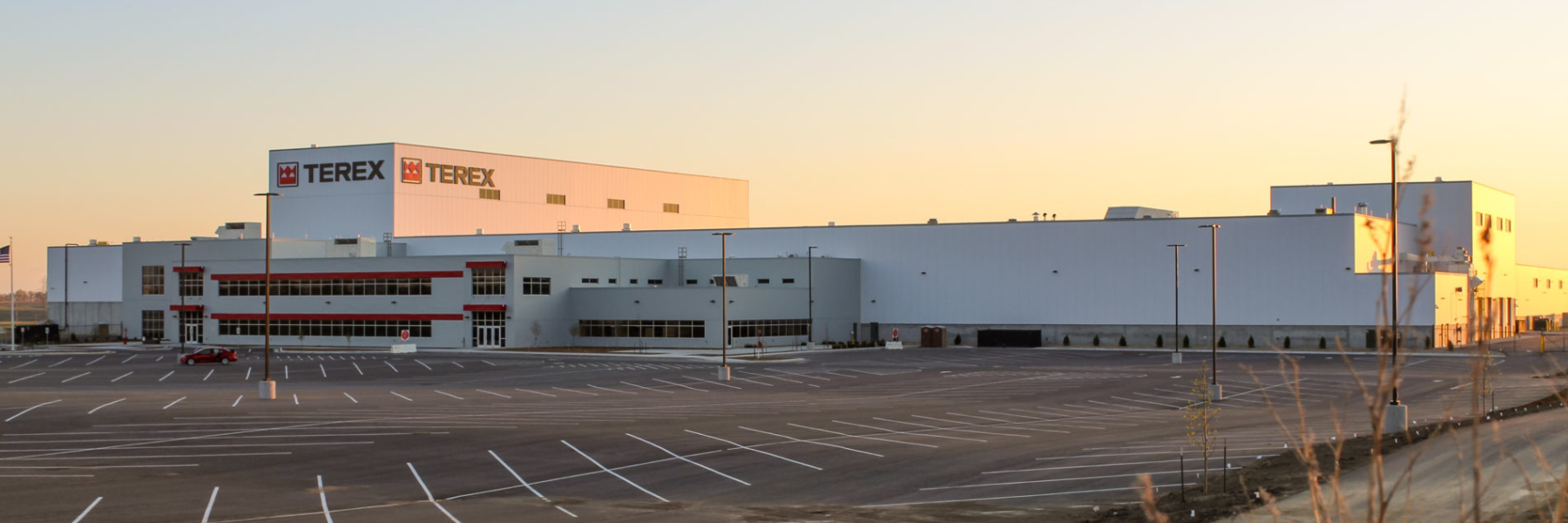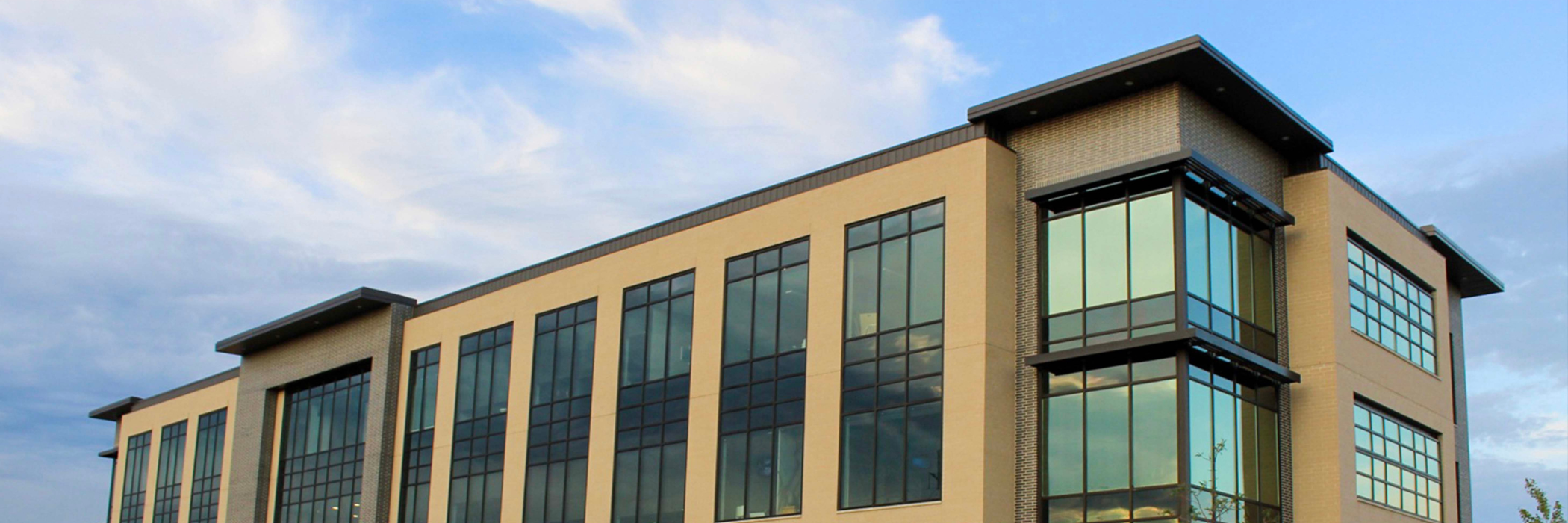New Construction
Tecta America Will:
-
Offer an initial review of plans, specifications, and vision for developing your building
-
Take a comprehensive look of the job site and plan for your building structure to custom design a roof that fits your needs and budget
-
Discuss the goals of your building functionality to plan what solution is best for you
-
Consider building use, energy conservation, storm water run off/drainage, and safety concerns to help you determine which roofing solutions are best
-
Work collaboratively with you and your team to enable your project to be completed on time with the quality and safety that you expect from your roofing professional
New Construction Solutions:
Single Ply
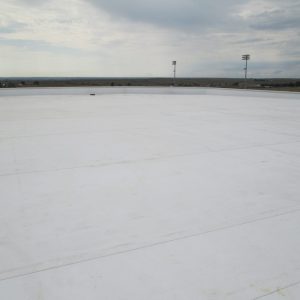
Modified Bitumen
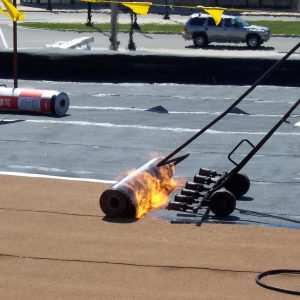
Built-Up
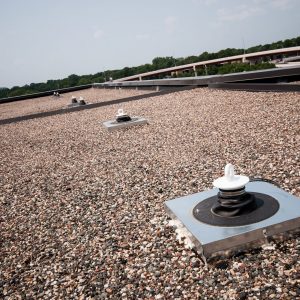
Metal
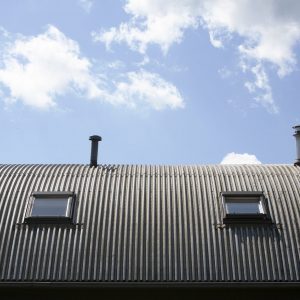
Shingle
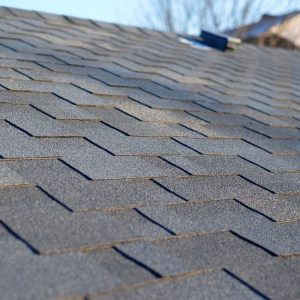
Tile
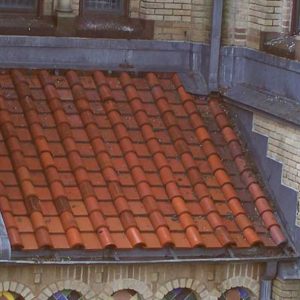
Daylighting
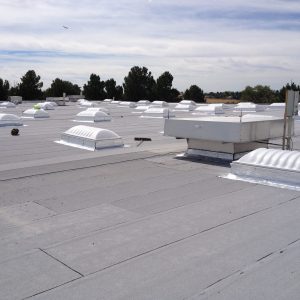
Vegetative
